Forests are home to a wide variety of wildlife species !
Animals that live in forests include bears, elephants, tigers, wolves, leopards, jaguars, monkeys, and deer. Forests provide shelter and food for these creatures. They also play a vital role in maintaining the balance of nature.
Table of Contents
Animals That Live In The Forest :
Deer :

Deer are wild animals that live in forests. They eat plants and berries, and they are one of the largest mammals in the world. There are several types of deer, such as mule deer, white-tailed deer, elk, moose, caribou, reindeer, fallow deer, red deer, roe deer, sika deer, chital, ibex, and musk oxen.
Deers live in forests because they need to eat plants and other animals. They also need to drink water from rivers and lakes. Deer usually stay near streams and ponds where they can find food and water.
Yes, deer are found in forests, but they prefer to live near water sources. Deer are herbivores, which means they eat plants and grasses. They also like to browse on shrubs and trees.
Rabbits :
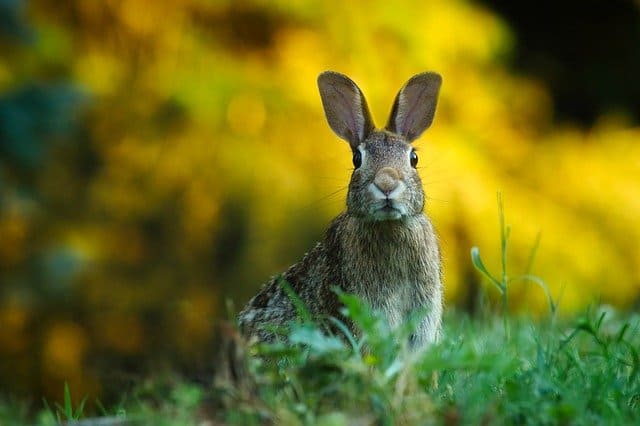
Rabbits live in forests all around the world, especially North America, Europe, Australia, New Zealand, Asia, South Africa, and parts of Central America. Some species of rabbit are found only in one place, such as the European Rabbit. The largest population of rabbits is in China.
Rabbits live in forests because they like to eat fruits from trees. They also like to play outside and run around. They live in forests because they need to eat plants that grow in forested areas. They also like to dig holes for shelter, which helps them avoid predators such as foxes and owls.
Fox :
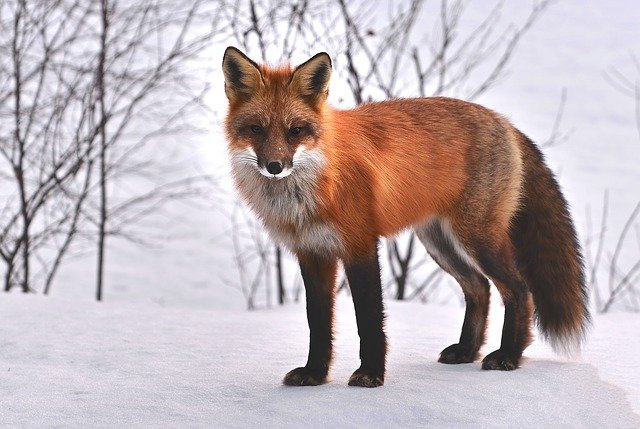
Foxes love forests because they provide them shelter from predators and prey. They also use trees for hunting, sleeping, and raising their young.
A fox lives in a den, which is usually made out of sticks and leaves. The den has a hole at one end for the fox to come out and go back inside. Foxes sleep all day and eat at night. They also hunt small animals such as rabbits.
Red foxes live in temperate forests. They prefer dense coniferous forests such as spruce and fir trees. They also like deciduous woodlands, especially those with oak trees.
Tiger :

Tigers live in tropical rainforests where they hunt for food such as deer, wild boar, monkeys, birds, and other animals. They also eat bamboo shoots, roots, fruits, nuts, insects, eggs, fish, snakes, small mammals, and carrion.
Tigers live in their habitats because they are adapted to survive in their natural environment. They hunt for food, sleep, mate, and play in their habitat. Their habitat includes trees, grasslands, rivers, and mountains.
Squirrels :
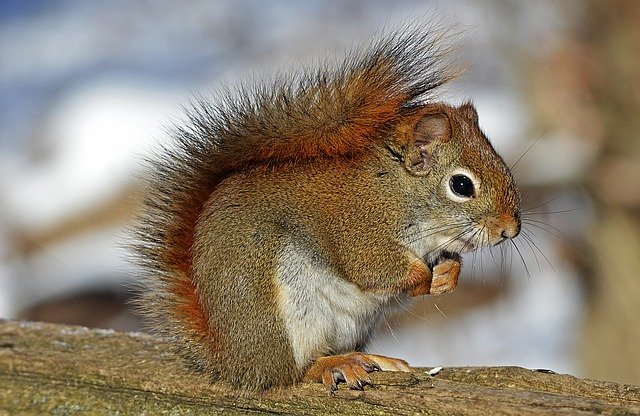
Squirrels live in forests because they need trees for shelter, food, and nesting materials. They also use trees as tools to climb up and down them.
Squirrels live in forests because they eat nuts, fruits, seeds, insects, and other small animals. Squirrels also use tree cavities for sleeping and raising their young. Squirrels are nocturnal animals, which means they spend most of their time asleep during the day.
Squirrels do not live inside trees, they eat nuts from the tree branches. They also use the tree for shelter during cold winter nights. However, squirrels do not hibernate like bears. Instead, they spend the winter sleeping under piles of leaves.
Wild boar :

Wild boars live in forests, mountains, and grasslands. They like to eat berries, roots, nuts, and acorns. They also eat plants and roots. They also feed on insects, small animals, and carrion.
Wild boars do live in groups, but they don’t always stay together. They usually roam around in small family units. However, when they are threatened, they will form large groups called herds.
Wild boar is one of the largest mammals in Europe, and they live in forests and woodlands. The males grow hair around their face and ears, while females don’t have any hair at all. Their main predators include wolves and bears.
Squirrel monkey :

Squirrel monkeys live in trees because they are nocturnal animals, which means they sleep during the day and wake up at night. They also eat fruits and nuts, which grow best when they are high above ground level.
A squirrel monkey lives in tropical rainforests and eats fruits, nuts, seeds, insects, and small animals. Squirrel monkeys live in groups of up to 20 individuals, called troops. They sleep during the day and forage at night. The average lifespan of a squirrel monkey is about 10 years.
Elephant :
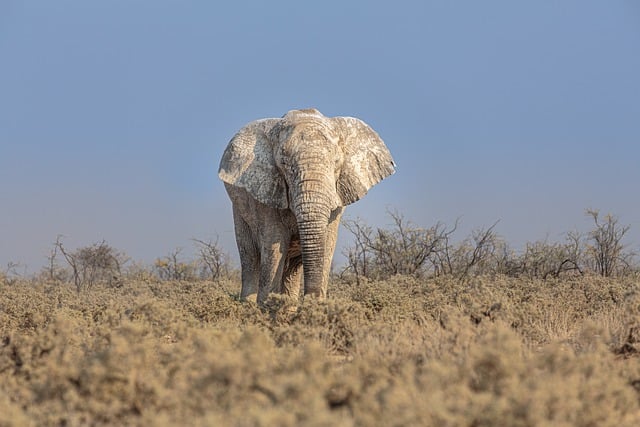
Elephants live in forests because they need trees for shelter, food, water, and protection from predators. They also like to eat leaves, fruits, flowers, grasses, roots, bark, insects, and other animals.
Elephants use their trunks to dig holes for food, water, and shelter. They also use their trunks to pull trees down from the forest canopy, which allows sunlight to reach the ground below. This process creates new growth and helps prevent erosion.
There are about 20,000 forest elephants remaining in Africa today. However, they are threatened by poaching for ivory and habitat loss. The forest elephant population has declined from 200,000 animals in 1970 to only 10,000 today.
badgers :

Badger lives in the forests of Europe, Africa, Asia, and North America. They are nocturnal animals that spend the majority of their time underground. The badger uses its long snout to dig up roots, fungi, and worms from the ground.
Badgers live in the forest because they like to eat roots, mushrooms, berries, nuts, and insects. They also dig holes under trees for shelter. Badgers are nocturnal animals who spend the day sleeping underground.
Orangutan :

Orangutans live in forests all around the world. They live in Indonesia, Malaysia, Borneo, Sumatra, Papua New Guinea, and also some parts of Africa. The population of orangutans has decreased significantly due to deforestation.
Orangutans eat fruit, leaves, flowers, insects, and small animals. They also use tools such as sticks and stones for hunting.
Orangutans live in the jungle because they know how to adapt to different environments. They use trees for shelter, and eat fruits and leaves. They also sleep during the day and wake up at night when it rains.
There are about 1 million orangutans left in the Amazon rainforest. The number has been decreasing for decades due to deforestation, poaching, and disease.
Red deer :
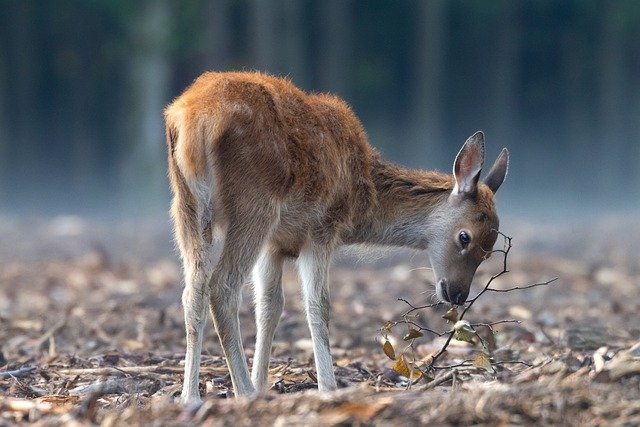
Red deer live in forests, but they also live in grasslands, mountains, and deserts. They are found all around the world, except for Antarctica.
Red deer are native to Europe and Asia. They were introduced into North America during the late 1800s for hunting purposes. Today, they are found throughout Canada and the United States.
The main difference between European and American red deer is the size of antlers. Antler size is determined by age and sex. Male red deer grow larger antlers than females. Female red deer also grow smaller antlers than males.
Hornbill :

Hornbills live in the tropical forests of Africa, Asia, and Australia. They eat insects, fruit, seeds, and nectar. They also use their beaks to dig for grubs and worms.
Forests are important for hornbills because they provide them with food, shelter, nesting sites, and protection from predators. Hornbills also use trees as tools to defend themselves against other animals. They use their beaks to break off branches and leaves to feed on insects and small vertebrates.
There are approximately 1,000 species of hornbill in the world, which makes them one of the largest families of birds. The hornbill family consists of about 30 genera, with some 300 species. They are found across all continents except Antarctica.
Read More : Animals With Long Tails !
Goshawk :

Yes, there are goshawks in the forest. Goshawks are large birds of prey found throughout Europe. They hunt mainly small mammals such as rabbits and hares. The New Forest is one of the last strongholds for these magnificent birds.
Goshawks live in North America, Central America, South America, Africa, Asia, Europe, Australia, and New Zealand. They are also known as accipiters, hawks, and kites. The largest goshawk population lives in Canada.
Koala :

Koalas live in Australia, New Zealand, and Tasmania. They are found in temperate rainforests and eucalyptus forests. The koala is one of the world’s most endangered mammals. There are only about 100,000 left in the wild.
Koalas are marsupials, which means they give birth to live young. They are related to kangaroos and wombats. The koala is native to Australia.
Giraffe :

Giraffes live in Africa, specifically in Kenya, Tanzania, Uganda, and South Sudan. They live in savannah grasslands, which are open areas with tall grasses and scattered trees. The tallest tree they can reach is about 30 feet high. Giraffes eat leaves from acacia trees, which grow in the savannahs.
Giraffes live in the savannas of Africa. They eat grass, leaves, and twigs. Giraffes grow up to 4 meters tall, and weigh between 1,500 and 2,000 kilograms. Their long necks allow them to reach high branches for food.
Read More : Animals Without Necks !
Jackal :

Jackal can be found in Africa, Asia, Europe, North America, South America, and Australia. They are nocturnal animals and feed mostly at night. They are known for their speed, agility, and ability to jump up to 15 feet high.
A jackal eats rabbits, hares, rodents, birds, and small animals. Jackals live in packs and hunt at night.
Bengal tiger :
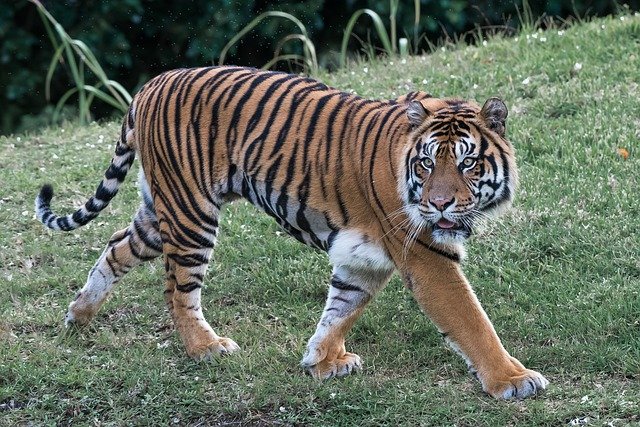
A Bengal tiger is a large cat species native to India The largest subspecies is the Sumatran tiger, which has been extinct since the early 20th century.
Bengal tigers eat meat, fish, plants, fruit, vegetables, and eggs. They also drink water from rivers and lakes, and they like to sleep in trees. The average adult male eats about 10 pounds of food per week, while females eat less.
Hedgehog :
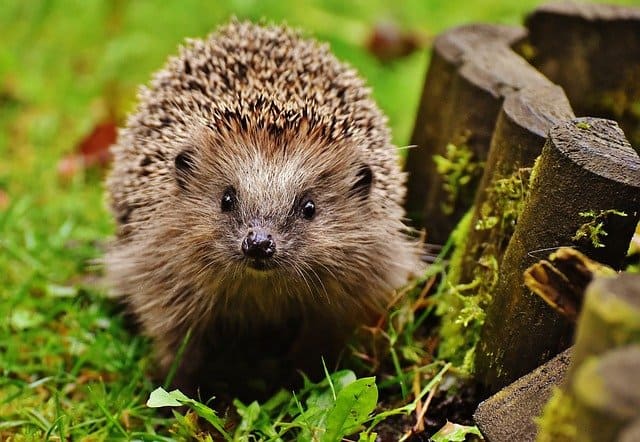
A hedgehog lives in the wilds of Africa and Asia. They are nocturnal animals who spend the day sleeping in burrows. Hedgehogs eat insects, worms, snails, slugs, frogs, and other small invertebrates. They also eat fruit, berries, seeds, nuts, and flowers.
Hedgehogs live for about 2 years, which makes them one of the longest living mammals. They also have a short gestation period of only 6 weeks.
Hedgehogs live in temperate climates, such as Europe, North America, Australia, New Zealand, and South Africa. They also live in some parts of Asia, such as China and Japan.
Chimpanzee :

The chimpanzee lives in a tropical rainforest. Rainforests cover about 30% of the earth’s surface. They are home to plants, animals, insects, birds, reptiles, amphibians, fish, and other organisms.
Chimpanzees have adapted to living in the rainforest by using tools to hunt for food, making nests, building shelters, and moving around the forest. They also use sticks to dig holes to hide from predators, and they climb trees to escape danger.
Chimpanzees live all over Africa except for the Sahara Desert, and they prefer living near water sources such as rivers, lakes, and streams. They also like to live near other primates such as gorillas, baboons, and monkeys.
The Chimpanzee lives in the Rainforest because they eat fruits and insects that grow on trees. They also sleep in tree holes during the rainy season.
Panda :

Pandas live in forests because they need to eat bamboo which grows only in tall trees. If pandas were living in cities, they would be eating food from restaurants instead of bamboo.
Pandas are nocturnal animals, which means they spend most of their days sleeping. However, pandas do occasionally come out at night to eat bamboo leaves. They also sleep in tree holes during the winter months.
Pandas live in both forest and jungle environments, although they prefer the former. They spend most of their lives in the wilds of China, where they eat bamboo shoots and other plants. However, when food is scarce, panda mothers bring cubs into the mountains for safety.
Monkey :

Monkeys live in forests because they need trees for food, shelter, and safety. They also like to play in trees because it gives them exercise and fun.
The red-faced pygmy marmoset is found in the Amazon rainforest. They live in groups called troops, and they eat fruits, insects, and small animals. Their diet consists mostly of fruit, but they also eat leaves, flowers, seeds, bark, roots, and tubers.
Monkeys live in the jungle because they are smart animals. They know how to find food, avoid predators, and build nests for themselves. As a result, they don’t need much space to live.
Hyena :

Most hyenas live in Africa. They also live in South America, Asia, Australia, and Europe. The largest population lives in Kenya.
Hyenas live in the wilds of Africa, where they hunt for food and avoid predators. They also sleep during the day and wake up at night. If a hyena gets into trouble, it will roar loudly to scare off any predator.
What Living Things Live in the Forest?
The forest has animals such as rabbits, squirrels, birds, bats, deer, and other small mammals.
There are also insects like spiders, ants, bees, wasps, beetles, butterflies, moths, flies, mosquitoes, ticks, and others.
Finally, there are plants like trees, ferns, flowers, grasses, herbs, shrubs, vines, mushrooms, moss, lichens, algae, and others.
Why do Wild Animals Live in the Forest?
Wild animals live in forests because they need protection from predators such as lions, tigers, bears, wolves, and other dangerous animals. They also need food, water, and shelter. If they don’t find these things in the forest, they will go somewhere else.
How Many Animals Live in Forests?
Forests cover nearly half of Earth’s land surface area and play a crucial role in regulating our climate. Forests also provide us with food, medicine, and other resources. How many animals live in forests?
The global forest coverage has increased from 30% in 1900 to 50% today. This increase is due to human activities such as deforestation, urbanization, and agricultural expansion.
There are over 7 million species living in forests around the globe. These include mammals, birds, reptiles, amphibians, fish, insects, and plants. Forests are home to many endangered species, and they are essential for maintaining biodiversity.
